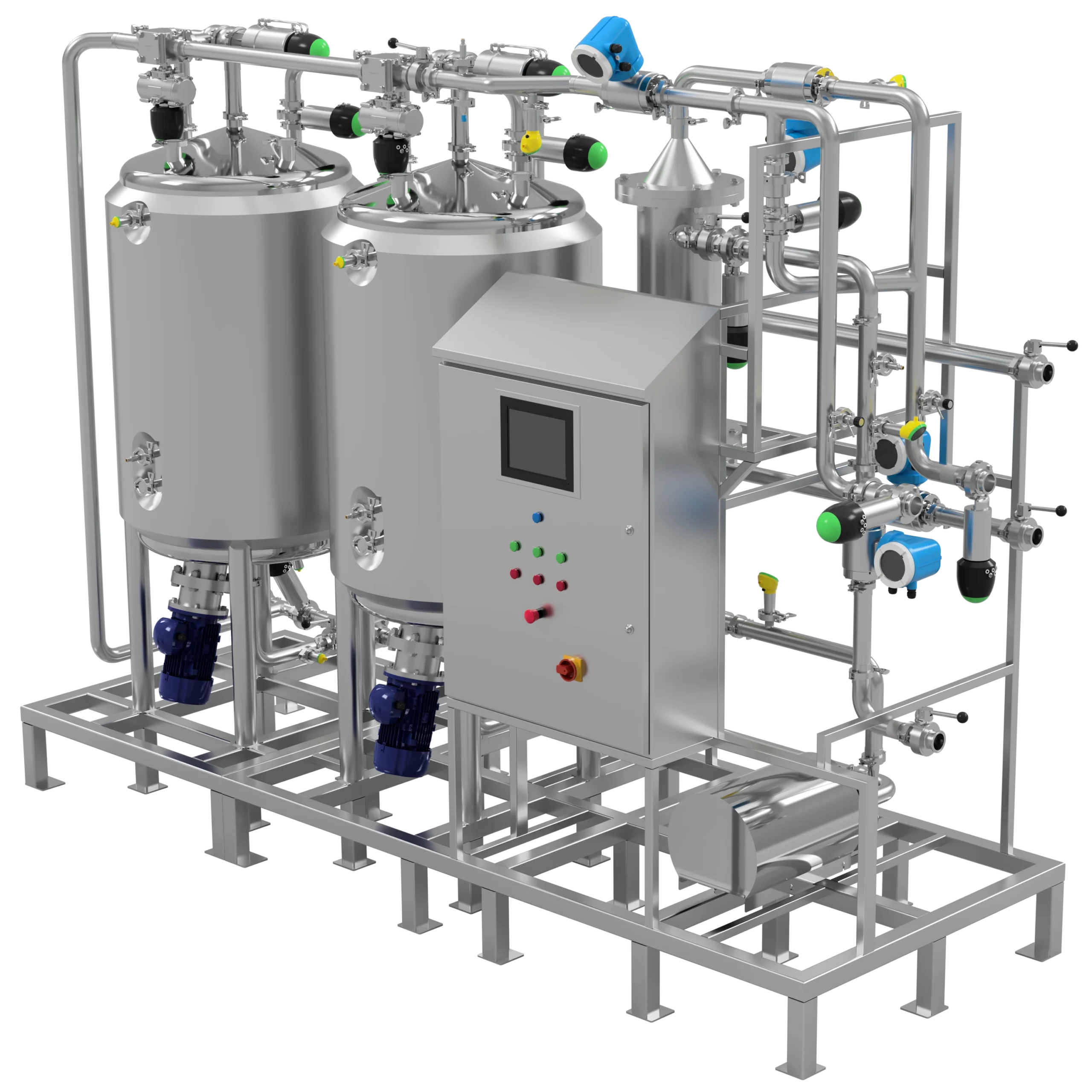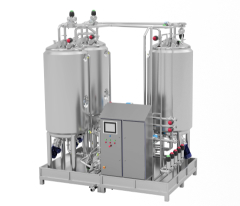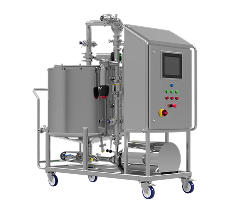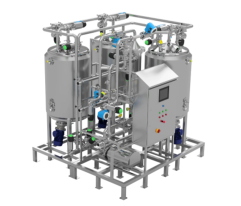PUMPS
Diaphragm Pumps
Centrifugal Pumps
Peristaltic Pumps
Progressive Cavity
Flexible Impeller
ATEX Pumps
Gear Pumps
Diesel-Driven Pumps
Magnetic Drive Pumps
Lobe Pumps
Twin Screw Pumps
Submersible Pumps
Booster Sets
Drum Pumps
Drum Unloading
SLES System
Mixers
Mobile Solutions
Sanitary Process Valves
Pump Accessories










